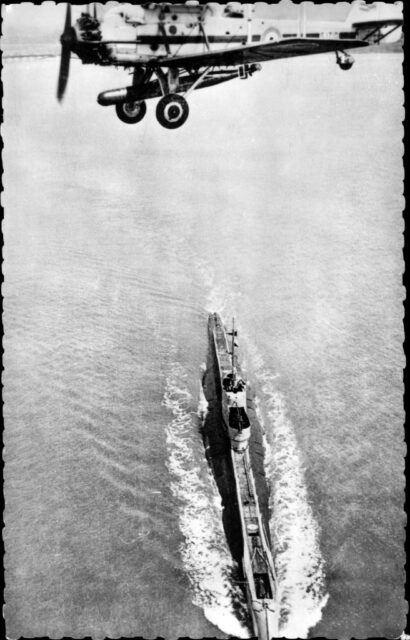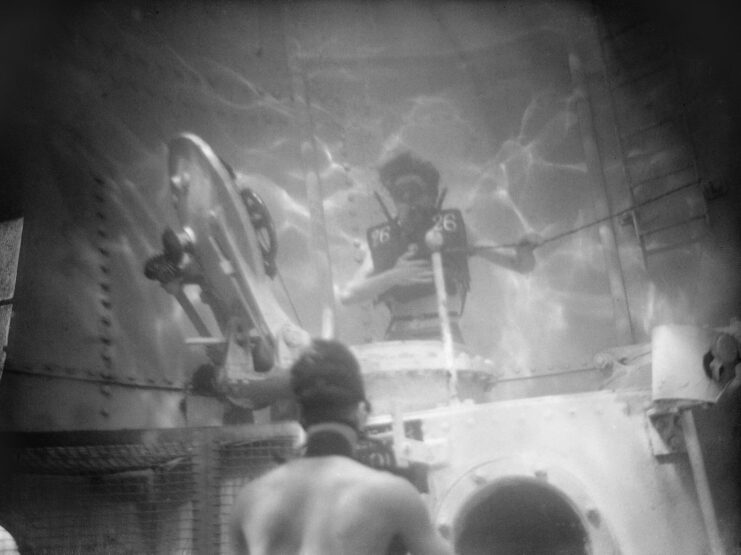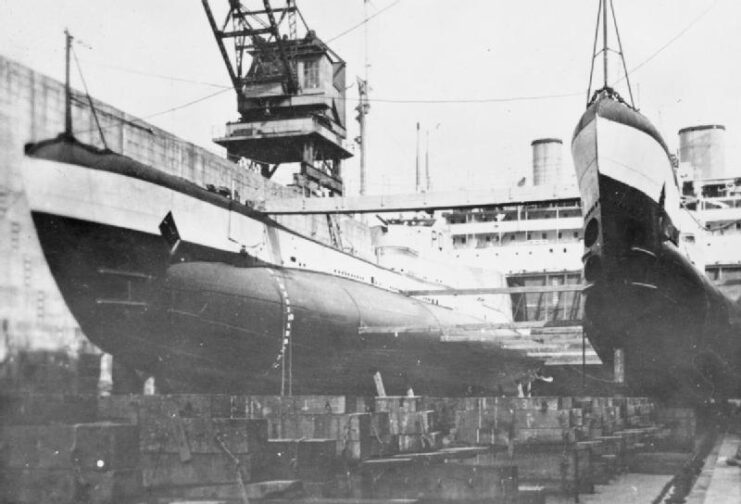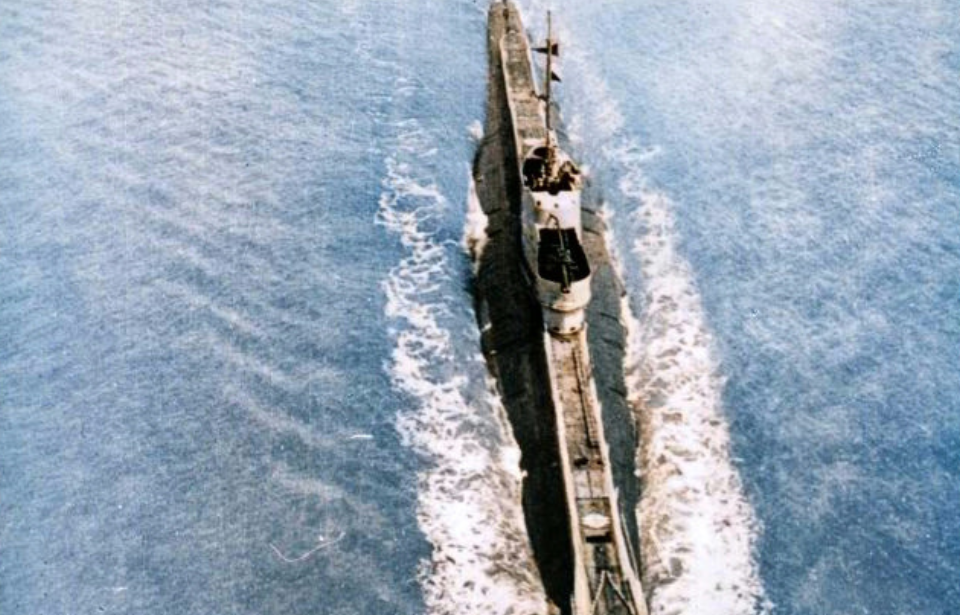In 1931, the British Royal Navy lost one of its long-range submarines, just under two years after the vessel was commissioned. The incident, which saw HMS Poseidon (P99) collide with a Chinese cargo ship, was a particularly deadly learning experience, and while controversial, this isn’t where public interest lies. What most people find intriguing is that China secretly salvaged the wreck decades later.
HMS Poseidon (P99) collides with the SS Yuta

On June 9, 1931, HMS Poseidon, a Parthian-class submarine, was conducting surface exercises off the coast of a leased naval base near Wēihǎi, China. Despite clear visibility, the vessel collided with the Chinese merchant vessel SS Yuta, tearing a gaping hole in the submarine’s hull, on the starboard side.
Within minutes, Poseidon began to sink, sending her crew scrambling; there was little time for evacuation. Of her crew, 31 sailors managed to escape before the submarine descended to the seabed, over 100 feet below.
The rescue operation involved the aircraft carrier HMS Hermes (95), the heavy cruiser HMS Berwick (65) and Poseidon‘s sister submarine HMS Perseus (N36). Despite these efforts, the incident resulted in the loss of 21 crewmen.
Leading to important policy changes

Remarkably, eight crew members aboard HMS Poseidon escaped using the Davis Submerged Escape Apparatus, a very early version of scuba gear. However, not all were fortunate; two of the eight didn’t reach the surface, and one later died.
The incident led to significant changes in Royal Navy policy regarding submarine escape procedures; the successful escape of some of Poseidon‘s crew prompted the Admiralty to revise its policy. Previously, crews were advised to wait to be rescued, but post-collision, emphasis shifted to immediate escape attempts. This was announced in the House of Commons in March 1934.
On top of this, the military began installing escape chambers on submarines and delved deeper into treatment of decompression.
China launches a secret salvage mission

The wreck of HMS Poseidon was left on the ocean floor after the collision and for decades lay undisturbed; there was little discussion or interest in the wreck.
In 1972, during the Cultural Revolution, China conducted a secret mission to salvage the wreck of Poseidon. The operation, conducted by newly-formed underwater recovery units, was shrouded in secrecy, with details only emerging decades later.
The mission was a complex endeavor, involving significant logistical and technical challenges. The reasons behind it are still unknown, with theories ranging from China wanting to test its recovery capabilities to clearing a navigational hazard.
Keeping the salvage of HMS Poseidon (P99) under wraps

The salvage operation was kept under wraps for decades, and it wasn’t until 2002 that the first hints came out, thanks to an article in the Chinese magazine Modern Ships. This piqued the interest of researchers, leading to further investigations.
The West learned of the mission through Steven Schwankert, an American journalist and diving enthusiast. Schwankert stumbled upon the story during his research and was intrigued by the lack of information out there. His work led him to Hong Kong, where he uncovered the details of the 1972 salvage. He also came across testimony from a man who claimed to have witnessed the vessel being pulled from the ocean.
Schwankert published his six years of research in the book, Poseidon: China’s Secret Salvage of Britain’s Lost Submarine, and the mission was covered in a 2013 documentary, The Poseidon Project.
More from us: The USS Jimmy Carter (SSN-23) is Just One of Three Submarines to Be Named for a Living Person
Are you a fan of all things ships and submarines? If so, subscribe to our Daily Warships newsletter!
These revelations sparked renewed interest in Poseidon and her crew, and the British government sought an explanation from China, leading to several diplomatic discussions.
